This week on The Ringer, we celebrate those movies that from humble or overlooked beginnings rose to prominence through the support of their obsessive fan bases. The movies that were too heady for mainstream audiences; the comedies that were before their time; the small indies that changed the direction of Hollywood. Welcome to Cult Movie Week.
Here’s a theory: Every person who loves movies can, without exception and without hesitation, name eight or nine movies from their childhood-through-teenage years that shaped their brain in a very specific way. I believe that to be true. I believe that to be an exact list that exists in the heart of every movie lover, be they professional or recreational. And Bloodsport is one of those movies for me.
Bloodsport came out in 1988. I don’t remember the first time I saw it, but I do know that I can’t remember a time when it wasn’t a part of my life. It’s about a guy (Frank Dux, played by Jean-Claude Van Damme in his first starring role) who travels from America to Hong Kong to participate in an underground martial arts tournament populated by the best fighters on the planet. And that’s it. That’s the whole movie. And I love it so much. I’ve seen it countless times. I own a framed Bloodsport movie poster that sits in my office right now. I own Bloodsport trading cards that I bought off the internet. I own an autographed photo of Chong Li, the movie’s villain. I own a handmade statue of Frank Dux karate-kicking Chong Li that took the artist several weeks to build. Bloodsport was one of the very first movies I made sure to show my twin sons when they were old enough to watch a movie like that, and then it was one of the very first movies I made sure to show my youngest son when he was of age too. Again: I love it. I love it so, so much.
That’s why when Cult Movie Week started up at The Ringer, I was especially excited. Because Bloodsport, truly and really and honestly and definitely, is cult movie royalty. Which is why I’m writing about it right now.
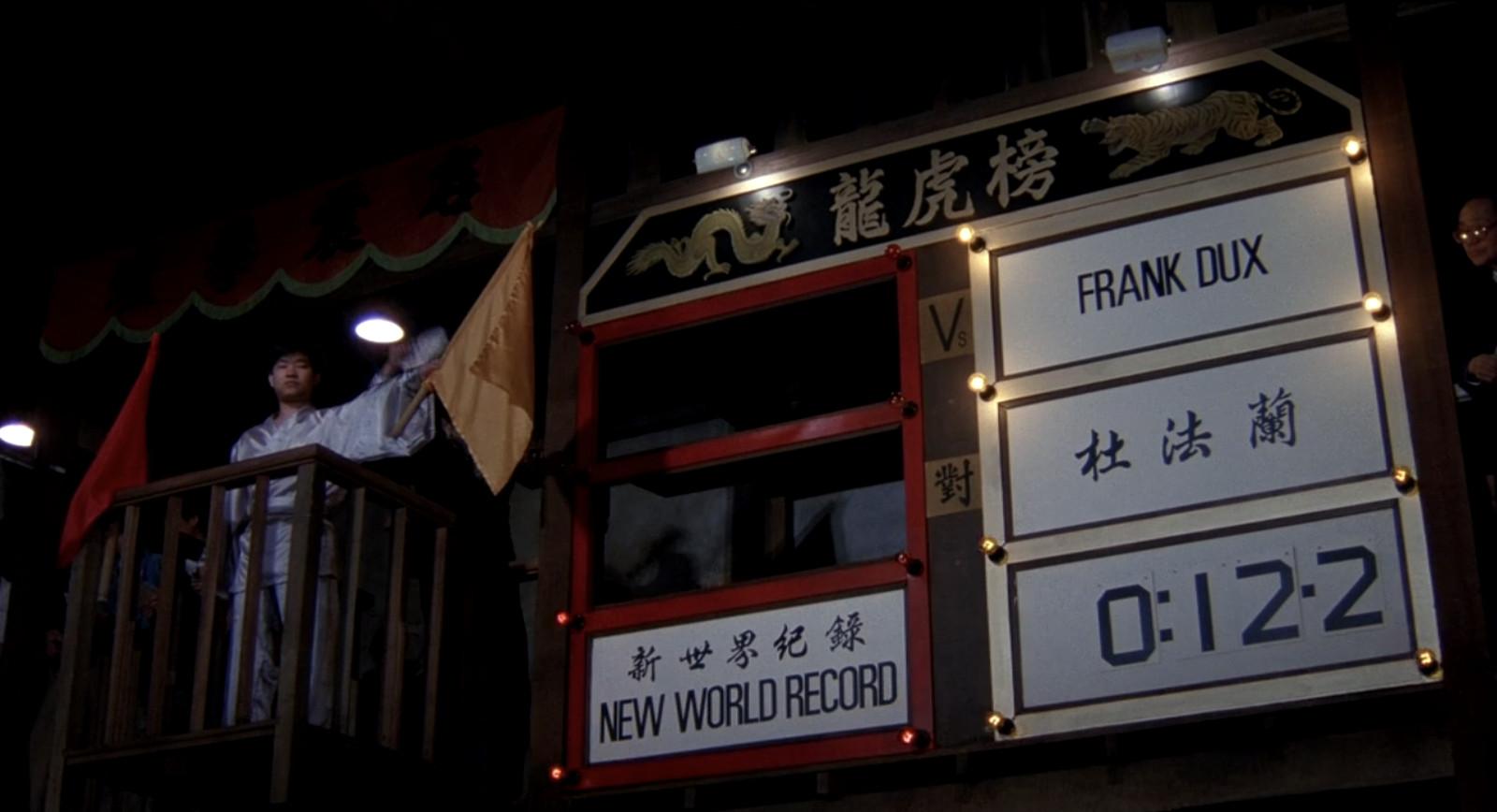
There’s a part in Bloodsport where Frank Dux breaks the record at the kumite for the fastest ever knockout. It happens in his very first fight, and it takes him exactly 12.2 seconds. That being the case, here are approximately 3,500 words organized into 12.2 pieces of Bloodsport:
Piece No. 1: Tournaments As a Plot Device
Bloodsport has a tournament in it. It’s awesome. The Karate Kid has a tournament in it. It’s awesome. Mortal Kombat has a tournament in it. It’s awesome. Warrior has a tournament in it. It’s awesome. Never Back Down has a tournament in it. It’s awesome. Pitch Perfect has a tournament in it. It’s awesome. Dodgeball has a tournament in it. It’s awesome. Above the Rim has a tournament in it. It’s awesome. White Men Can’t Jump has a tournament in it. It’s awesome. More, more, more.
Not every movie that I like is a movie that has a tournament in it, but every movie with a tournament in it is a movie that I like.
Piece No. 2: The Test of Courage and the Giants
During an early flashback scene, we see Frank as (what appears to be) a middle school student. He and two other kids break into the home of Senzo Tanaka to steal a sword. Their robbery is thwarted, though, when Tanaka and his son come home earlier than expected. Frank’s two friends immediately jump back out of the window they entered through, dropping the sword as they do so. Frank, a respectful criminal, picks up the sword’s case and sets it back on the display stand that it was on.
Tanaka and his son, Shingo, walk in and see Frank, who is holding the actual sword and admiring it. Shingo runs up, kicks him the stomach, and there you go. That’s that. Frank is busted. Tanaka helps Frank up and tells Frank that you can’t get a katana sword by stealing, it has to be earned. Frank tells Tanaka that he wasn’t going to steal, which is a little hard to believe given the circumstances. Tanaka responds by using the sword to slice the brim off of Frank’s hat as he stands there.
Frank is in shock but he doesn’t move. Tanaka tells him that the fact that he didn’t flinch means he has a fighting spirit, and there you go. That’s that. Tanaka signs Frank up to work as a kind of sparring partner for his son, Shingo, who is about the same age as Frank.
Anyway, I tell you all of this to tell you two things: (1) The flinch test of slicing off the brim of a hat that a child is wearing seems like a test of courage that is wildly disproportionate. The best-case scenario there is that the kid doesn’t move and you find out that he or she is a fighter. The worst-case scene is you accidentally cut someone’s nose off their face. The details of Tanaka’s life in the movie are cloudy and mysterious; the only thing he ever says about it is that he lost his wife and two children during the war in Japan and that he came to America to start over. I feel like, though, there was definitely a time or two in the past when he accidentally chopped the front part of a kid’s face off while looking for potential pupils. (2) When Frank breaks into Tanaka’s home, he’s wearing a San Francisco Giants hat and a New York Giants football jersey. My guy said fuck your regionalism, he’s a fans of giants and giants only.
Piece No. 3: The Montages
There are no fewer than five montages in Bloodsport, which is incredible when you realize that the movie is barely 92 minutes long. There’s a Character Introduction montage that the movie opens with where we get introduced via training sessions to several of the fighters who will be participating in the kumite. There’s an Origin Story montage where we see Frank Dux get trained into excellence by Senzo Tanaka. There are two separate Fight Scene montages where we get bits of several fights all at once. And there’s a Sad Boy montage where we see Frank Dux mourn Ray Jackson’s injury as he rides around Hong Kong at night all alone while Stan Bush sings the lyrics “I can be strong / On my own!” over and over again.
Piece No. 4: Wine Coolers
This is a really tiny thing, and truth be told, it’s something that I’d missed the first 30 or so times that I watched Bloodsport. After I noticed it, though, it immediately became one of my very favorite small parts of the movie.
There’s an early flashback scene where Frank helps fight off a group of bullies who were beating up Shingo at school. As he punches and kicks them into submission, four other students stand nearby and holler things. There’s a quick shot of them, and if you pause it at just the right moment you can see that one of the kids, none of whom look older than 14 years old, is wearing a Bartles & Jaymes wine coolers shirt. Look:
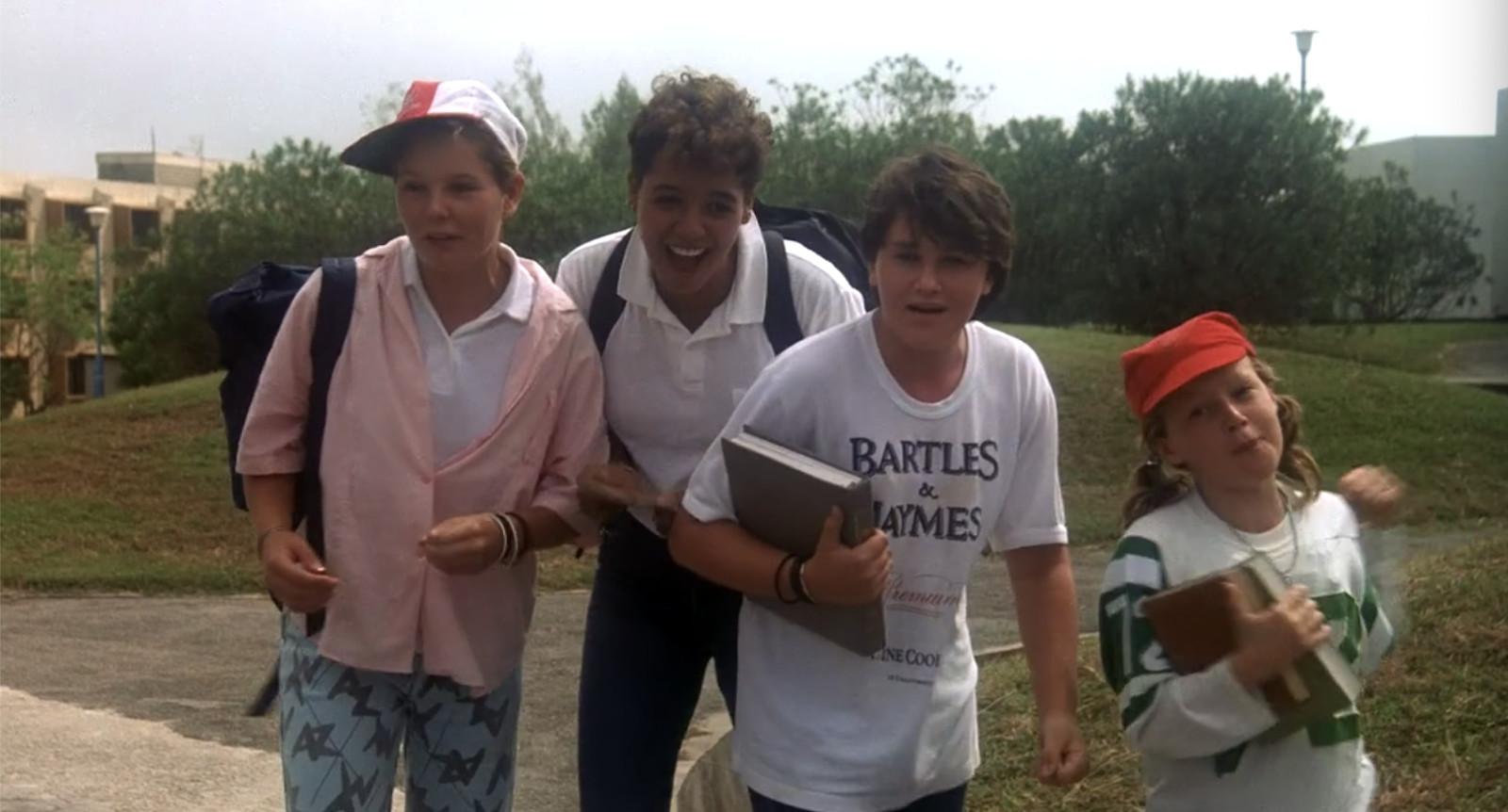
Piece No. 5: The Emotional Weight of Tanaka Talking His Way Through the Loss of His Son
Bloodsport is mostly a very schlocky movie, obviously. But there’s a part where Senzo Tanaka talks about losing the tradition of passing down the things his bloodline has passed down from father to son for over 2,000 years. As he talks, his voice cracks, and it’s honestly very emotional. It was something I never paid attention to during the first half of my life, but now, as a father to three sons who always has a sense of familial legacy in his head, it’s a line reading that grabs me square by the throat.
Piece No. 6: That’s Fucking Cool
A thing I like about these kinds of movies from this period of time is that it seemed like really all they wanted to do was have some scenes where some cool shit happened without really having to explain why it happened or how it helped anything. Bloodsport has so many of them. Do you want to see an old guy snatch a fish out of the water with his bare hands? It’s in there. How about a guy serving tea while blindfolded and then, just because, he’ll also block a karate chop to his face during the aforementioned tea serving? They got that too. What are your feelings on seeing someone get stretched into the splits via ropes? Because if you like that, you’re in luck. Or, how do you feel about just splits in general? Because there are so many fucking splits. How about someone showing how fast they are by not only snatching a coin out of someone’s hand but also replacing it with a different coin? How about someone sarcastically smashing a brick into 100 pieces using only his head? How about someone snapping someone’s neck just for fun? How about being ushered through the shady corridors of a nefarious Hong Kong alley? More, more, more.
Piece No. 7: Ray Jackson’s First Day in Hong Kong
Donald Gibb plays Ray Jackson, a gruff and overbearing scar enthusiast who operates as the movie’s sledgehammer to Frank Dux’s katana sword. He shows up to Hong Kong, drinks a beer while harassing a woman on the public transit system, plays video games in the lobby of a nice hotel, and then immediately brags about being in the extremely secretive and extremely under-the-radar kumite to someone he’s never spoken to before. It’s an all-caps HERE’S WHO THIS CHARACTER IS AS A PERSON couple of minutes.
Piece No. 7.2: This High-Five Between Ray and Frank
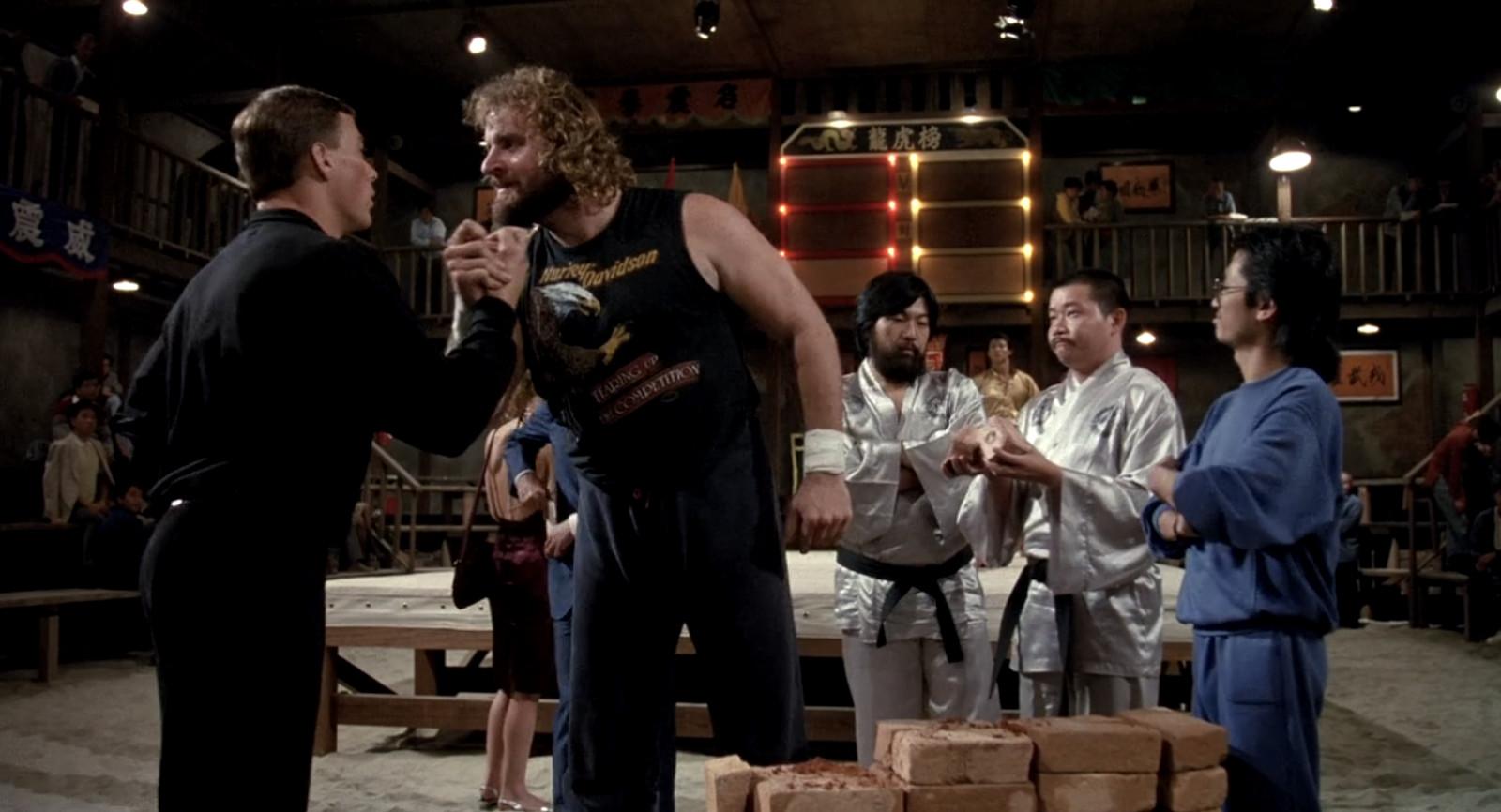
Piece No. 8.2: Ray Jackson’s Declaration of Death
During the quarterfinals of the kumite, Ray Jackson and Chong Li fight. Jackson is able to surprise Chong Li with a couple of quick shots, knocking him down to his knee. Jackson, ecstatic to have defeated the reigning champ, immediately begins celebrating. He starts jumping around, looking at the crowd, yelling at them to chant his name. It’s a massive misstep, the high point of it being when he hollers out to everyone that Chong Li, who is very much alive, is dead. It’s something that I find both funny and also heartbreaking. Jackson was so close to immortality. And 40 seconds later, he was so close to getting his brains squished out of his ears.
(I have no idea what Jackson saw that made him think Chong Li was dead. And if you’re saying to yourself, “Well, probably he was just speaking metaphorically. He meant he was dead as in he was finished.” To that I would say, “Ray Jackson showed up to the most exclusive, most elite fighting tournament on the planet dressed like an extra from Sons of Anarchy. I don’t figure he spent a lot of his time speaking in metaphors.)
Piece No. 9.2: The Nuanced Old Cop and the Aggressive Young Cop
Frank Dux is an active duty U.S. Army captain in Bloodsport. As such, he was supposed to have procured permission from the United States government to participate in the kumite. He didn’t, though, which is why the Army sends two Criminal Investigation Command officers to Hong Kong to track Dux down and bring him back to America. The officers are played by Norman Burton, who is old and clever and nuanced, and Forest Whitaker, who is young and aggressive and interested only in coercion via force. It’s one of my favorite ’80s movie tropes. (The best example of this exact thing is Robert Duvall and Sean Penn in Colors, which came out the same year as Bloodsport.)
(A sidebar: There’s a scene right around the middle of the movie when Frank Dux leads the two officers on a playful foot chase through Hong Kong. It makes me happy to think about Jean-Claude Van Damme basically playing a silly game of tag with a guy who would eventually go on to win the Academy Award for Best Actor, the single most prestigious award an actor can get.)
Piece No. 10.2: “You Jackson? You Look Like a Jackson.”
That’s a line delivered by Victor Lin, who’s been assigned by the IFAA (International Fighting Arts Association) to help the North American fighters as they navigate Hong Kong during their days there for the kumite. He fucking rules. He’s such a great character. He’s really charming and really funny and works perfectly as a vessel for exposition. Through him, we learn exactly what the kumite is, exactly what the mechanics of the kumite are, exactly what the stakes of the kumite are, and exactly who Chong Li is and why everyone is terrified of him.
Piece No. 11.2: Chong Li
Chong Li is my favorite character in this movie, and also my favorite character in any fighting movie ever, so I’m going to cheat a little bit here and give you nine things about him.
- His name: It’s absolute. It’s powerful and unforgiving and top-heavy, just like he is.
- His introduction: The first shot we get of Chong Li is him staring at a few giant blocks of ice hanging from a tree. After he karate attacks them into smithereens, we realize that it’s part of his training routine. On your first viewing of Bloodsport, the shot just seems like cool shit to look at. On your 200th viewing, though, which is when everything starts to take on (perhaps unintended) symbolism, Chong Li staring at that first block of ice feels heavy with meaning. Because he, too, is—at least in a sense—a giant, unfeeling, ice-cold, imposing, difficult-but-not-impossible task that must be dealt with.
- His chest: I talked about this when we did an episode of Villains on Chong Li two years ago. He’s just such a fucking monster of a man, and it all starts with his chest. It’s like a widescreen TV, or a love seat, or the windshield of an SUV. It’s the kind of chest that lets you know instantly that, should he decide he wants to harm you in some way, then that’s just a way you’re going to be harmed. No other villain has ever had a physical attribute as immediately and instinctively terrifying as Chong Li’s chest.
- His music cue: The score for the movie was done by Paul Hertzog. He dialed up something really nasty, and really nefarious, and really intimidating for Chong Li. It’s perfect. It’s a thing that you hear and, no matter if you’re 60 years old or 6 years old, you hear that sound and you understand implicitly that the person being featured on the screen during that moment is The Big Bad.
- His escalation of violence: Chong Li’s first few fights go regularly enough. He chokes his first opponent out. (If we measured everything he does on a Violence Scale from 1 to 10, he’d have earned a 2 on this move.) He delivers a thunder elbow that renders his second opponent useless. (A solid 3.5 on the Violence Scale.) And he kicks his third opponent so hard he sends him flying clean off the fighting platform. (Violence Scale score: 4.) From there, though, things get really dark really quickly.
As the tournament begins approaching the championship rounds, Chong Li, either as a matter of bloodlust or a matter of mental warfare or a matter of some combination of the two, begins getting more and more vicious during fights. He fights a guy and, despite having clearly won the match already, he decides to break the guy’s leg to send a message to the rest of the fighters. When he fights Ray Jackson, he tries to cave his skull in by stomping on his head after he’s already been beaten. (Jackson’s famously thick skull is the only thing that prevents him from dying.) When that doesn’t work, he simply snaps his next opponent’s neck, killing him instantly. It’s a wild escalation of violence. I love it. I love it as a character trait for Chong Li.
- His attention to detail: In the very first montage of the movie (the one when we see a bunch of the different kumite fighters as they train), there’s one guy whose whole training routine is just him breaking really thick boards with kicks and knee strikes. Later in the movie, Chong Li fights that guy, and, almost as a point, he decides to finish him with a version of the same knee strike that the guy delivered to one of the boards during his training session. It’s like Chong Li’s trainer said to him, “Hey, man. Watch out for this guy’s knees,” and Chong Li was like, “Oh? He likes knees? OK, well let me knee him right the fuck into his brain and see how much he likes knees then.” It’s a wonderful use of a scouting report. (The worst use of a scouting report: Frank Dux tells Ray Jackson that Chong Li’s weak spot is his gut right before Jackson and Chong Li fight. Frank says that he noticed it during an earlier fight that Chong Li had and that Jackson should attack him there. Jackson ignores the advice and ends up in the hospital.)
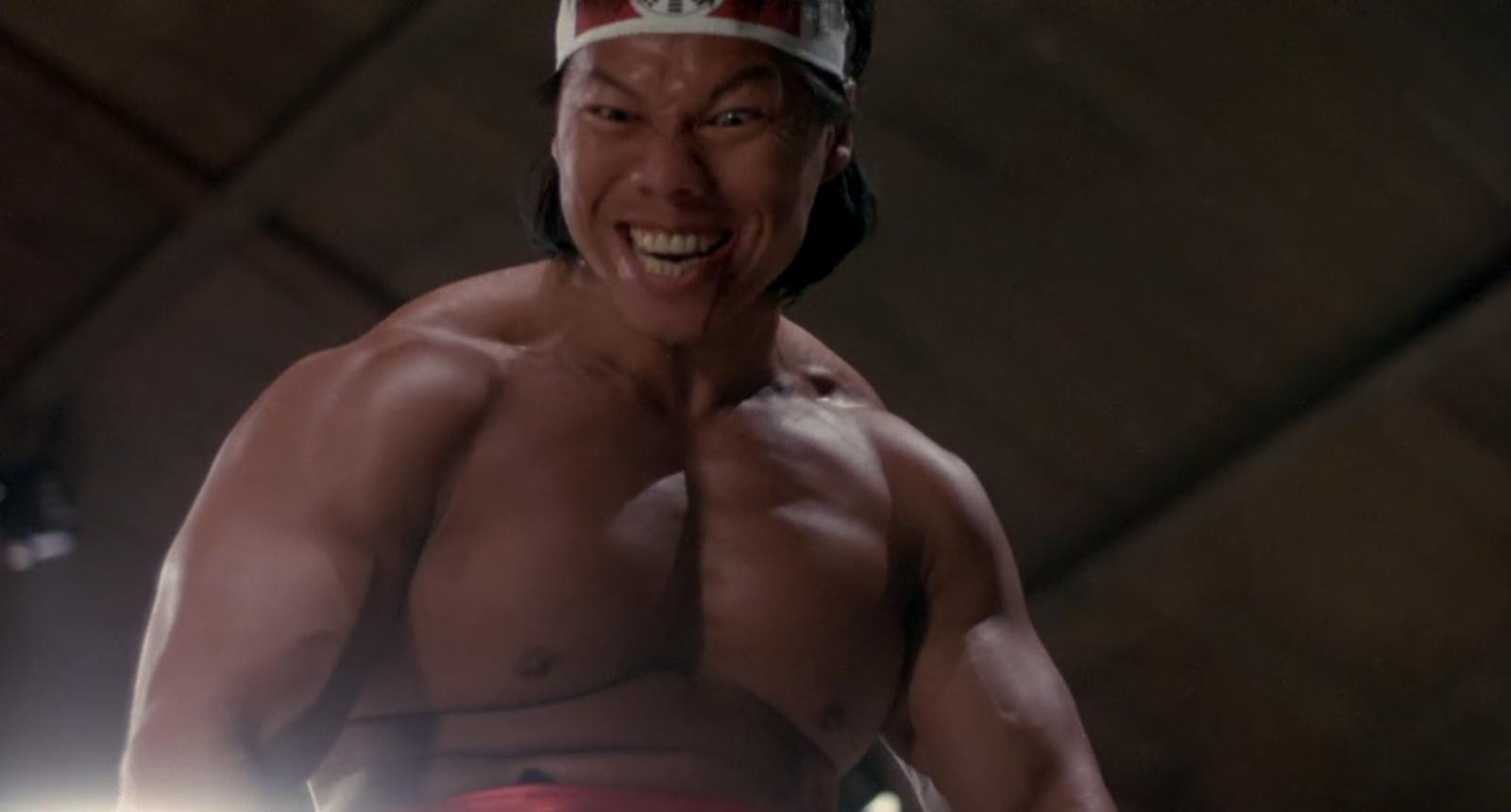
- The face he makes when he tries to cave Ray Jackson’s head in
- His economy of words: The only time anyone talks to Chong Li, it’s about fighting. (His trainer, for example, says exactly one sentence to him, and it’s about being ready for the kumite after he smashes the ice blocks. Ray Jackson, for another example, tells him that he’s going to kill him when they fight, which Chong Li smiles at and shrugs off, which should’ve let Ray know right then and there that things were not going to turn out great for him.) And the only time Chong Li talks to anyone, it’s about fighting. (After Frank Dux manages to successfully break only the bottom brick by striking the top of a stack of bricks, for one example, Chong Li says to him, “Very good. But brick not hit back.” Or right before the final match of the movie, for another example, Chong Li says to Frank Dux, “You break my record, now I break you. Like I break your friend,” referencing the way he nearly paralyzed Ray Jackson two fights earlier.)
- His unfortunate luck: For most of the fights in the kumite, Chong Li wears the same outfit: black pants and a red sash for a belt. He goes undefeated during that time. He decides to wear shorts for the final match, which he ends up losing. I feel like he probably spent a lot of time afterward mad that he jinxed himself with his wardrobe change.
Piece No. 12.2: These Three Shots of Jean-Claude Van Damme
Of course the most iconic imagery of Jean-Claude Van Damme from Bloodsport is (1) the shot when he’s doing the splits on the two chairs before his first day of fighting at the kumite, and (2) the shot when he’s doing the splits on top of the building overlooking Hong Kong before his final day of fighting at the kumite. But I’m also partial to this shot of him right before he performs the dim muk on the stack of bricks:
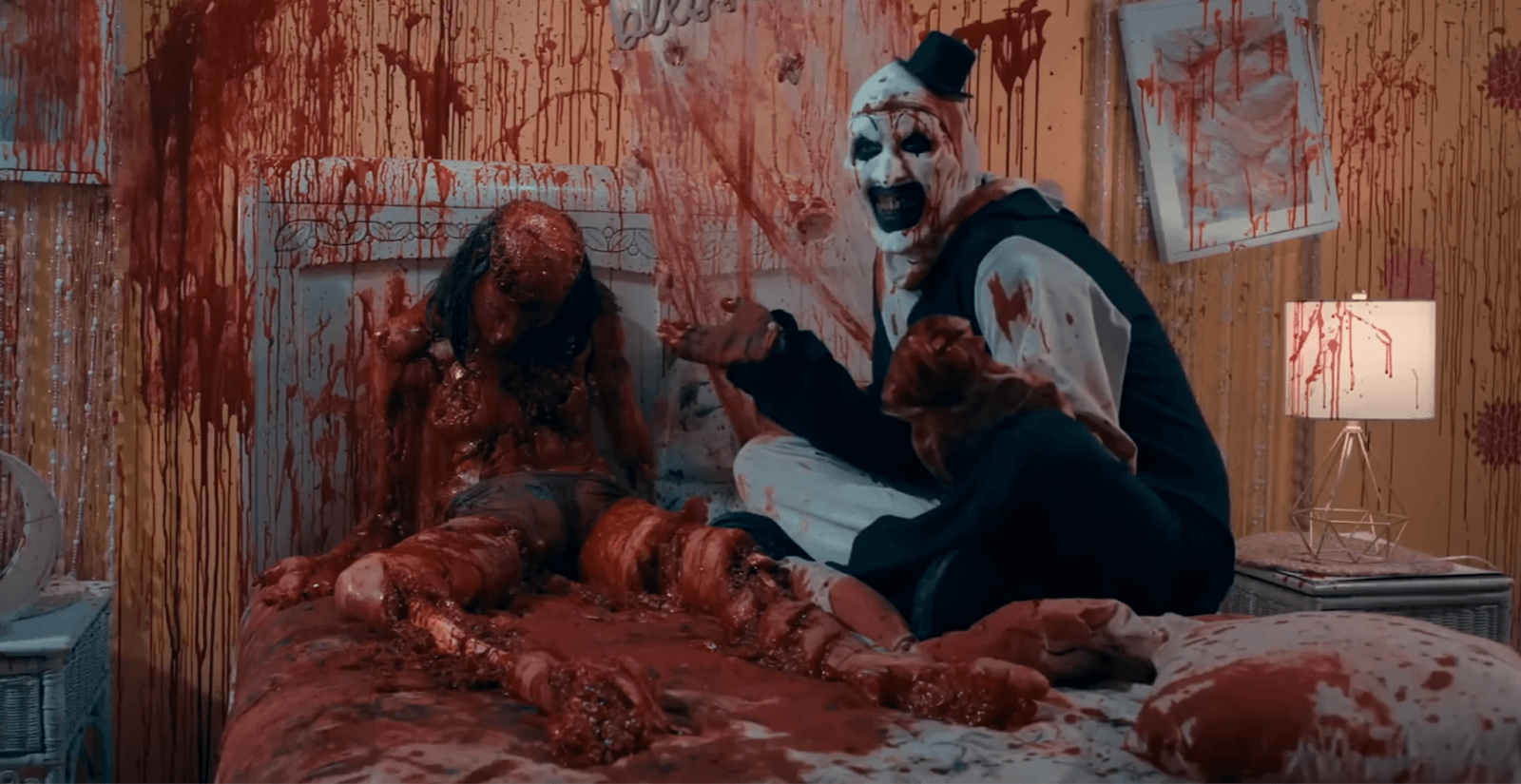
And this shot of him performing it on an actual human:
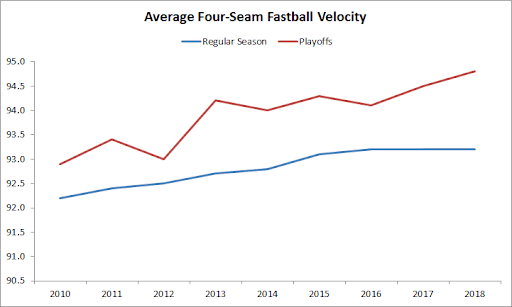
Followed by this shot of him punching the same guy in the dick a few seconds later:
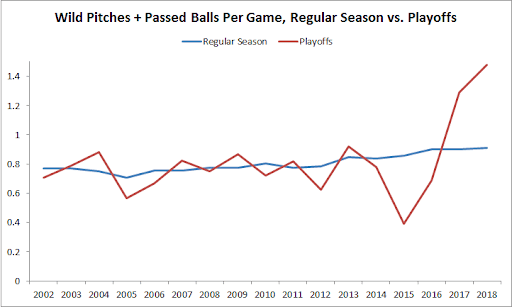
(Another sidebar: Bloodsport is stuffed fat with symmetry. The few seconds immediately after the above-referenced dick punch is one of them. Frank Dux delivers the blow, sees that his opponent is dunzo, and so rather than attacking him anymore he simply presses him backward by the forehead and watches him timber down like a tree that was all but cut down entirely. It’s the exact opposite of the way that Chong Li always took the chance to execute a “Finish Him”–style move every time one of his opponents was in a similar position.)
I don’t think anybody has ever looked as good in a fighting movie as Jean-Claude Van Damme looked in Bloodsport. I don’t think anybody has ever been better or more interesting in a fighting movie than Chong Li in Bloodsport. I don’t think I’ll ever stop loving Bloodsport.